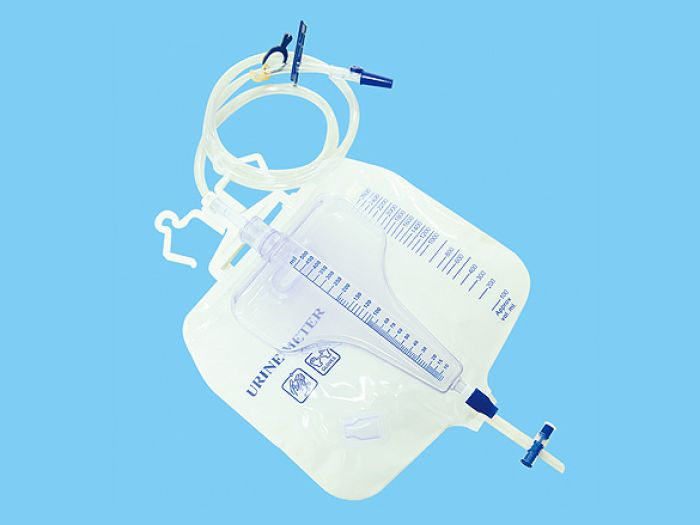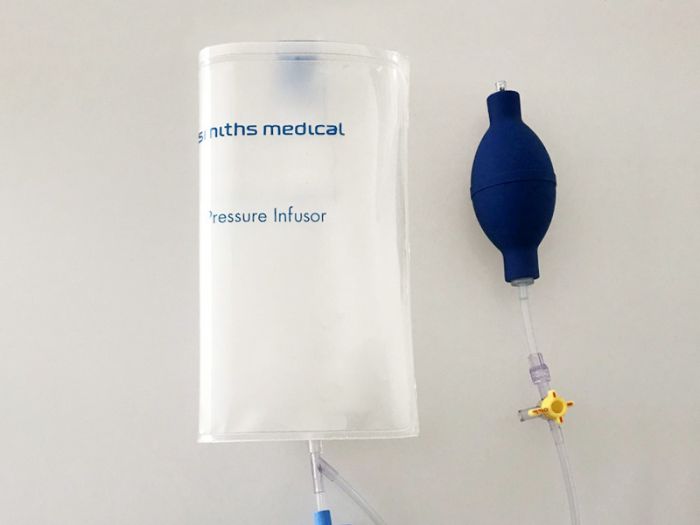The key points of quality control for the welding of blood bag tube openings
Preparation before welding
The cut end face of the pipe mouth needs to be flat, with an angle deviation of ≤0.5° and a surface roughness of Ra≤3.2μm.
The welding area needs to be cleaned with medical-grade alcohol to remove oil and electrostatically adsorbed particles.
Verification of welding parameters
The optimal parameters are determined through destructive testing. For example, the high-frequency welding parameters of PVC materials are: temperature 185±5℃, pressure 0.25MPa, and time 1.2 seconds.
A parameter-quality mapping model needs to be established to record the welding parameters corresponding to different material batches.
Post-weld inspection
Appearance inspection: The weld should be uniform and smooth, without bubbles, charring or flash.
Sealing test: Inflate to 0.2MPa, maintain pressure for 30 seconds, and the pressure drop is ≤0.01MPa to be qualified.
Peeling test: Use a tensile machine to peel at a speed of 50mm/min. The weld fracture position should be on the pipe body rather than the weld.
Technology development trend
Intelligent welding
Combined with machine learning algorithms, sensors collect welding data (temperature, pressure, vibration) in real time, and automatically adjust parameters to adapt to material fluctuations.
Environmentally friendly material adaptation
Developing welding processes for degradable materials (such as PLA) requires solving the problem of insufficient weld strength caused by low melting point (about 170°C) (strength can be increased by 20-30% by adding nano-enhancers).
Aseptic welding technology
Integrating welding and filling processes in a Class 100 clean workshop to reduce the risk of secondary contamination requires optimizing the equipment structure to reduce particle scattering (≤0.5μm particles ≤3520/m³).
Conclusion
Blood bag tube welding should be based on material properties, with high-frequency welding technology as a priority, and quality should be ensured through automated testing and parameter optimization. In the future, it is necessary to focus on upgrading intelligent, environmentally friendly and aseptic technologies to meet the medical industry's higher requirements for safety and sustainability.



